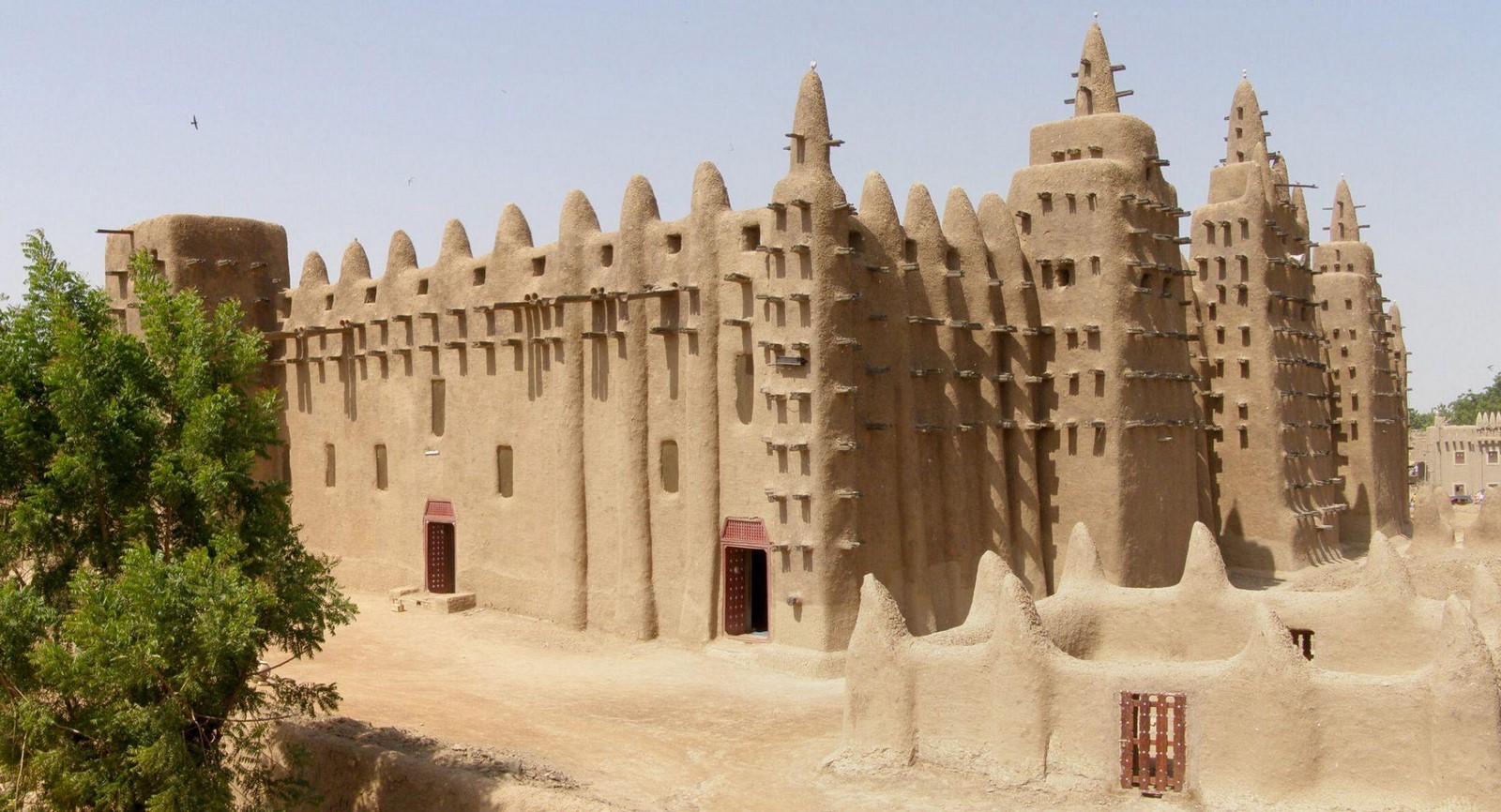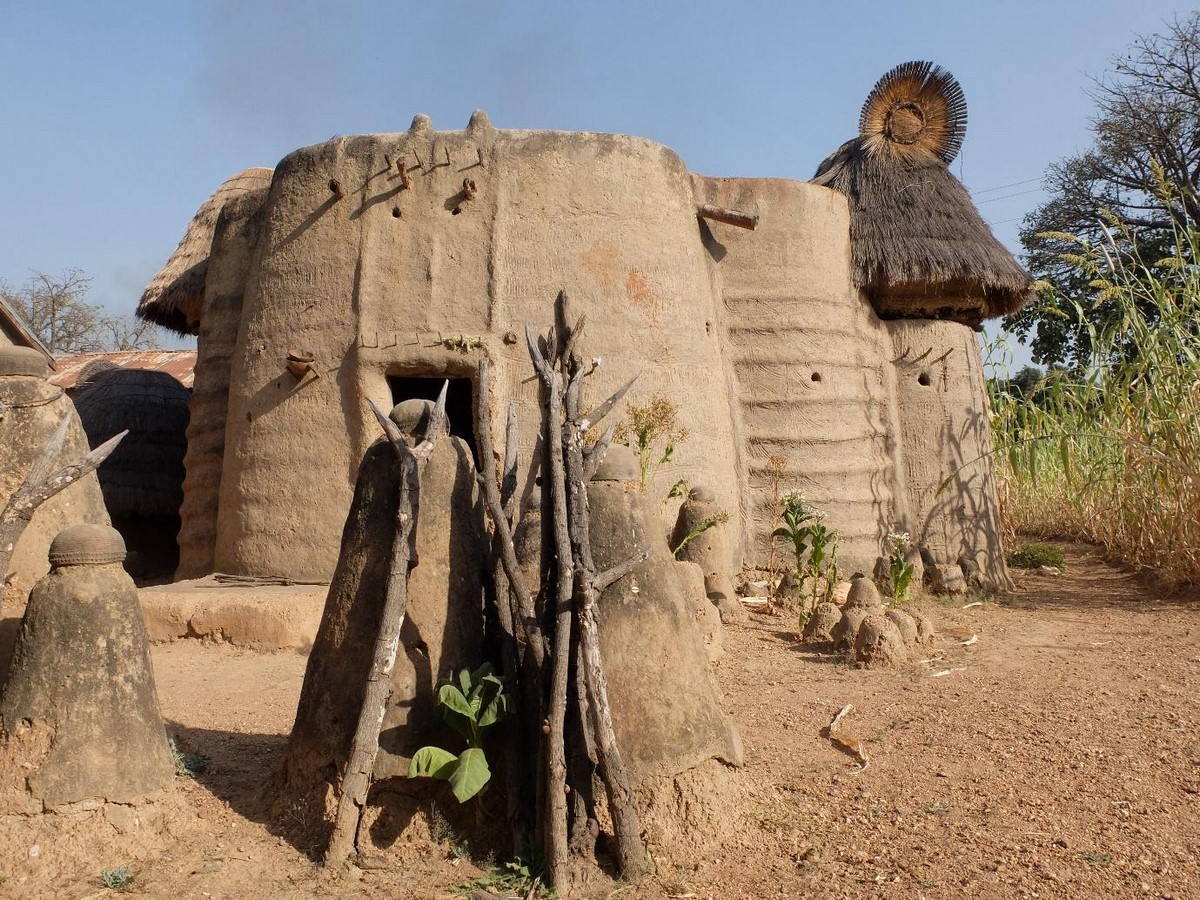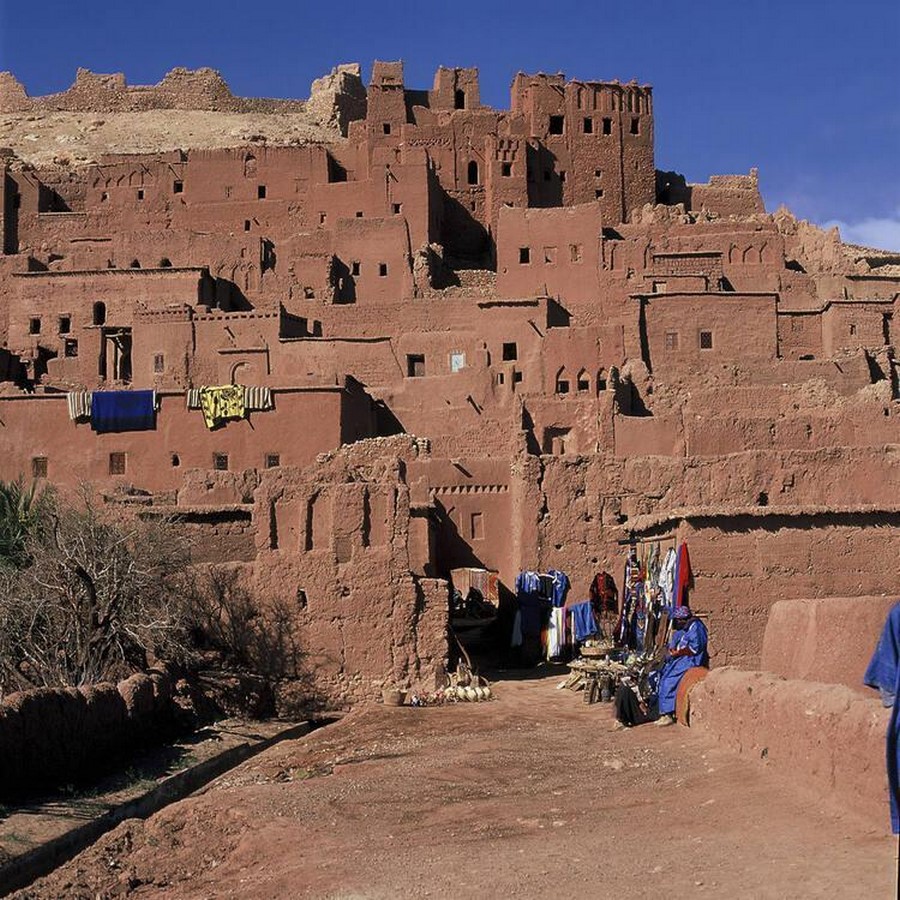African Earthen Architecture: Sustaining Heritage in a Contemporary Era
African earthen architecture stands as a testament to the resourcefulness of African communities that have coexisted with their natural environments for centuries. Rooted in a profound grasp of local resources such as earth and mud as well as climatic conditions that have induced the use of these resources to construct structures using age-old construction techniques. Hence, adding to the cultural essence of the continent. Today confronting challenges of preserving culture and promoting sustainability, an in-depth exploration of these earthen methods uncovers a rich tapestry of wisdom that remains eternally pertinent.
Traditional Approaches
Across the diverse landscapes of Africa, indigenous communities have cultivated a spectrum of earthen construction techniques. Two central methods encompass mud brick and rammed earth construction.
Mud Brick Construction entails combining clay, sand, and water to craft a flexible substance molded into bricks. These bricks are sun-baked, culminating in robust walls. The illustrious Great Mosque of Djenné in Mali serves as an emblematic instance, with its intricate geometric motifs and collective endeavor in erecting these edifices. The mosque uses sun-baked mud bricks, which are coated with a plaster-like mixture made from clay, rice husks, and other organic materials. This mud-based construction technique gives the mosque its unique appearance and makes it a prime example of earthen architecture.

Rammed Earth Construction employs compressed layers of moist soil, resulting in enduring, well-insulated walls. This technique has been harnessed to establish an array of structures, from residences to strongholds, showcasing the adaptability of African earthen architecture.
The Koutammakou located in north-eastern Togo and which extends into neighboring Benin is an outstanding example of a system of traditional settlement that is still living and dynamic, and subject to traditional and sustainable systems and practices.
These houses, also known as “castle houses,” are carefully crafted from compacted earth to create multi-story structures with a unique aesthetic and cultural significance. The rammed earth walls not only provide thermal insulation but also contribute to the structures’ defensive features and overall durability.

Sustainability at the Core
One of the hallmarks of African earthen architecture lies in its sustainability. Through the utilization of locally accessible materials, these construction methods significantly diminish the ecological footprint tied to modern building practices. The materials are abundant, often necessitating minimal transportation, and their use fosters local economies. Furthermore, the thermal attributes of earthen structures provide innate insulation, ensuring a cool interior in hot climes and warmth in colder settings. This not only curtails reliance on energy-intensive heating and cooling systems but also advances a comfortable living environment.
Instances of Revival
Morocco’s Aït Benhaddou village epitomizes the resurgence of earthen architecture. This UNESCO World Heritage site showcases intricate terracotta buildings that have endured for centuries. While conserving historical authenticity, Aït Benhaddou has metamorphosed into a model for sustainable tourism and an emblem of cultural safeguarding. In Nigeria, the TERRA research project explores contemporary applications of earth-based construction. Collaborating with local communities, the project illustrates how earthen techniques can be tailored to address housing scarcity while promoting sustainable practices.

The Ksar of Ait-Ben-Haddou is an eminent example of a ksar in southern Morocco illustrating the main types of earthen constructions that may be observed dating from the 17th century in the valleys of Dra, Todgha, Dadès, and Souss.
Preserving Wisdom, Constructing the Future blend with the past
In the face of urbanization and modernization sweeping across Africa, traditional practices like earthen architecture confront challenges. However, a growing movement aims to rekindle and adapt these techniques to contemporary requisites. Architects, preservationists, and communities collaborate to mould earthen principles into modern designs. By merging these age-old techniques with novel technologies and innovative approaches, they conceive structures that respect tradition while fulfilling the needs of the present and future.
Francis Kéré 2022 Pritzker Prize winner is a renowned architect from Burkina Faso who is known for his innovative use of earth and sustainable design principles in his projects.
Following Kéré’s lead, future African architects might explore innovative ways to utilize local and sustainable building materials. This could involve researching and developing new techniques to enhance the structural and aesthetic qualities of traditional materials like earth, stone, and thatch.

In his renowned work at the Gando primary school, he used indigenous clay fortified with cement to form bricks with high thermal mass retaining cooler air and allowing heat to escape through the brick ceiling and wide overhanging roof. Earthen architecture embodies a philosophy of harmonizing with nature and each other. The rejuvenation of these techniques not only preserves cultural heritage but also offers a pathway in a world grappling with climate change and cultural homogenization. By acknowledging the intrinsic value of these age-old practices and weaving them into the modern narrative, we foster a legacy as enduring as the earthen structures themselves – a legacy that nurtures the planet and elevates the human spirit.
By merging traditional wisdom with modern insights, African earth architecture can create a bridge between the past and the present. This strategy not only promotes sustainable development, responds to contemporary requirements, and assures the preservation of cultural heritage but also results in spaces that are both practical and firmly rooted in their cultural setting.
References
African architecture – Islam, Christianity, Africa. (n.d.). Britannica. Retrieved August 27, 2023, from https://www.britannica.com/art/African-architecture/Influences-of-Islam-and-Christianity
Koutammakou, the Land of the Batammariba. (n.d.). UNESCO World Heritage Centre. Retrieved August 27, 2023, from https://whc.unesco.org/en/list/1140/
MacDonald, K. C., & MacDonald, D. W. (2012). African earthen structures in colonial Louisiana.
Montes, G. (2022, March 16). Francis Kéré Becomes First Black Architect to Win Pritzker Prize. Galerie Magazine. Retrieved August 27, 2023, from https://galeriemagazine.com/francis-kere-pritzker-prize/
Montes, G. (2022, March 16). Francis Kéré Becomes First Black Architect to Win Pritzker Prize. Galerie Magazine. Retrieved August 27, 2023, from https://galeriemagazine.com/francis-kere-pritzker-prize/















